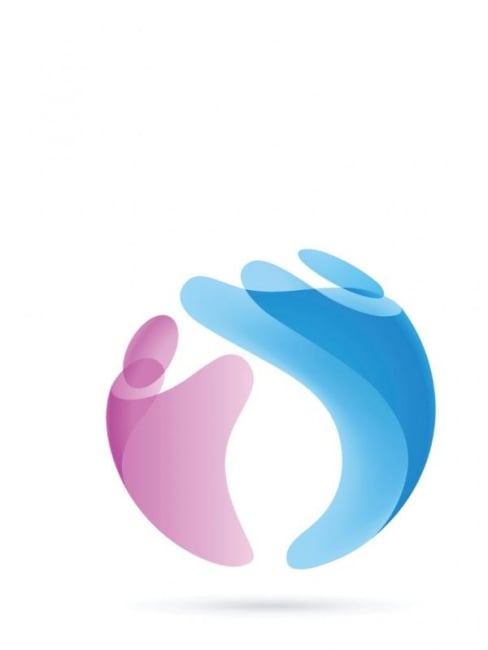You have /5 articles left.
Sign up for a free account or log in.

Istockphoto.com/khalus
As I was wandering through the school cafeteria some weeks back, a student from a prior semester shook me out of a reverie by fast approaching with open arms. I had had a friendly relationship with her, but not to the point of anticipating that. Nevertheless, I went with the flow. We embraced. Me Too prompts me to consider whether that was the right response.
In the instant I had to make a decision, I knew, on the one hand, that if I had turned away, she might well have felt rejected -- humiliated -- and probably in front of some students who knew her. At the same time, I am embarrassed to admit, because we are supposed to think of students only as students, part of me looked forward to -- and, in fact, enjoyed -- the hug. Jane is smart, charming and pretty. Would I have reacted any differently if she were not? I cannot say for sure.
To further explain, some of my formative years were spent in the 1960s, when hugging was accepted, and even encouraged, as a way of showing affection; it was, in many ways, a reaction both against the gray and constrained bourgeois life and towards the pleasures of the body. (The emphasis of the Vietnam War on bodily destruction surely played a role here.)
Joe Biden and maybe even Al Franken might have been wise to offer this cultural defense for their own risky behavior. And, for what it is worth, it is clear to me, as an amateur historian of social etiquette, that the pendulum will be swinging back -- though how far is another matter.
A further confession. Because I am almost 50 years older than my student, I experienced a flash of assurance that I did not repel her -- that maybe, just maybe, I had even retained some remnant of my mojo.
On the other hand, notwithstanding the blur of mental activity, I saw with absolute clarity that if I went through with the hug, trouble awaited. I have seen unfounded complaints morph into serious incidents. And the news media is full of stories of people who suddenly turn on one another.
I had to consider what other students might have thought about my public clinch with a 30ish student. I leave my office door wide-open when students come to visit to avoid possible misunderstandings. I avoid touching students. Most important, having written about our government’s intense Title IX efforts to police sexual misconduct at our universities, I had to consider what my dean would have thought if he had seen us. Could I have proved that Jane had initiated the entanglement?
At the same time, how to judge how long to hold her? Would I have to wait until she released me? And what if I pushed her away after too short a time? Was my student wrong to put me in the position of making such a choice?
That no one then or later rebuked me in any way might now make my story seem irrelevant; the consequences I describe, fortunately, did not arise.
Yet professors are trained to raise their sights from the particular to the general -- to look at the big picture. What if a male teacher had initiated a hug with a female student? We will all agree that that would be bad. We would probably feel the same way if the teacher had been female and the student male. But now what about hugs between colleagues, say, after a holiday, when they come together to celebrate? There are always power differentials but probably not so great here. Could I initiate a hug with a female colleague?
Regardless of the moral uncertainties over hugging, from the few studies available, it seems people are doing it. Indeed, a Wall Street Journal story last year reported about open-arms and closed-arms work cultures. In the former setting, company management does not exactly encourage physical contact so much as, in the larger interest of building team unity, it does not suppress it.
The existence of such cultures can help resolve the issue. Most institutions, however, take no position on hugging. What is a man to do in these cases if Me Too unsettles him?
The woman’s experience with a hug cannot be ignored. She might find the man repulsive. She might understand, as some have pointed out, that part of the hug payoff for a man can be sexual. In that case, he might take an embrace as an invitation for intimacies that a woman does not intend, with all that portends.
That suggests the solution to the hugging problem might lie in letting the woman make the first move just as my student did. Women would be the deciders, the white pieces on the affection chessboard. But would they want to play this role in order to find affective satisfaction? How would a woman know that the man’s hug is heartfelt and not just a polite accommodation, a “charity” hug?
Men might be no less opposed to formally accepting the status of being actees rather than actors. Ours is, after all, an era marked by the pursuit of equality.
Another solution would be to extend to embraces the principle of affirmative consent that many jurisdictions apply to our more intimate connections. That would raise some of the same problems, but we have some experience with it now. In any event, it would force us to express our feelings verbally before we do so physically. Is trading off spontaneity for security a satisfying bargain for men or women? My former student obviously desired physical contact with me, unmediated by any talk, to the point that she was ready to go public.
What is clear is that Jane felt affection for me as her teacher. Beyond expressing that sentiment, what, precisely she wanted from the exchange with me -- perhaps affirmation that I admired her for her ability as a student -- I do not know. I have not felt confident enough to ask her. Since I can less well assess the psychological dynamics at play in her than in myself, I am reluctant to evaluate my behavior overall. So I face a dilemma: Should I be easier on myself? Or harder?








